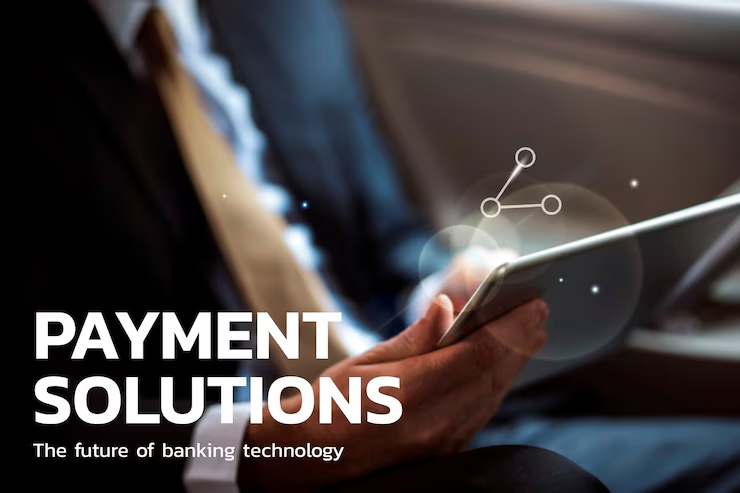
Measuring What Matters: A Smarter Look at Bank Brand Awareness and User Interaction
Let’s be honest, a flashy jingle or a big billboard might win your bank some clout (ok maybe a bit more), but if no one’s using your app on a Monday morning to send urgent 2k to their bestie, are you really winning?
In the race for relevance, brand awareness is the bait, but user interaction is the hook.
In a cosmopolitan city like Lagos, and in this present time, where banking is less about loyalty and more about reliability, we stormed the street of Lagos to conduct users research to top of mind awareness, brand usage, user interaction to ask real people what truly matters, which banks they know, vs which ones they actually use.
As compelling as the data gathered is, we can however only draw inferences or conjectures, as a more robust and larger survey would be required to draw brand-specific growth metrics for company-wide strategic development.

Brand Awareness ≠ Brand Relevance (Usage)
When asked to mention banks without any prompt, First Bank came out 80% on top for recall. That’s not a coincidence because the brand has been woven into the fabric of Nigeria’s financial history for over a century. But here’s the twist: GTBank, with a percentage point behind in recall, leads in actual usage.
What does that tell us?
Being remembered is nice, but being used is powerful.
Banks (and even brands) teams need to stop mistaking awareness for adoption. You might be memorable, but if you’re not integrated into your customer’s daily life i.e., if you’re not the go-to for airtime top-ups, bills, transfers, or that urgent “abeg run am now”, you’re just a landmark, not a lifestyle.
This data tells a bigger story than “who came first.” It tells who’s loudest vs who’s used.
Here’s the thought:
GTBank has successfully positioned itself as a functional brand, not just a household name, but an everyday tool.
Access Bank, UBA, and Zenith also rank high in both awareness and usage, but the drop between recall and daily interaction might mean that they experience gaps or product alignment issues. A deeper survey is required.
Stanbic IBTC, while known, needs to work harder to translate brand presence into usage, especially in a market that thrives on utility.
The data further hints on the possibility of an existing gap, not just in branding, but in customer journey. Nigerians don’t just choose banks based on logos or nostalgia anymore. They’re choosing:
- Who makes digital banking feel seamless?
- Who won’t embarrass me on a POS queue?
- Who sends me timely alerts, not trauma?
Maybe that’s why Opay, Palmpay, and Moniepoint have consumers aware of their brands and great user interactions.
A stronger brand in today’s market doesn’t just invest in media, it invests in design, tech, CX, and speed. If your app is clunky, your customer care is slow, or your charges are shady, you may win in recall, but you’ll lose usage.
GTBank’s lead in usage isn’t accidental. For years, they’ve focused on simplifying the User experience: fast-loading apps, USSD efficiency (remember the #737 advert?), easy top-ups, and functional customer support (okay, mostly). While others leaned heavily into campaigns, GTBank invested in making everyday banking feel somewhat manageable.
Here’s the cheat code – Make yourself useful, and customers won’t need a reminder; they’ll come back because it works.
Let’s Start Measuring What Actually Moves the Needle. Bank marketers (and their agencies) need to shift the KPIs.
Don’t just ask “Are we known?”
Ask, “Are we used?” and more importantly: “Are we needed?”
In a market like Nigeria, the real winner isn’t the brand people remember, it’s the one they rely on every single day.
It cuts across all brands!


Leave a Reply